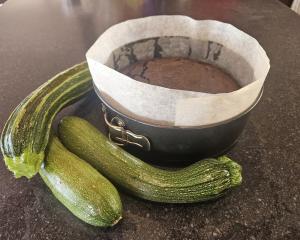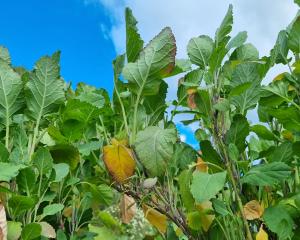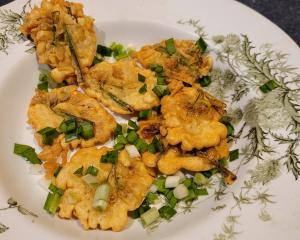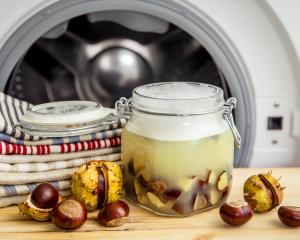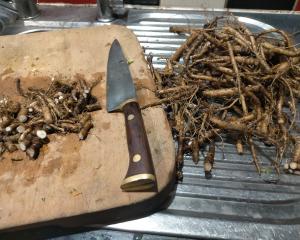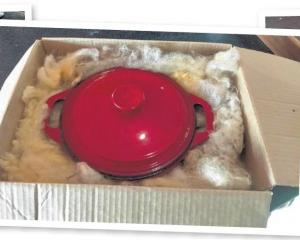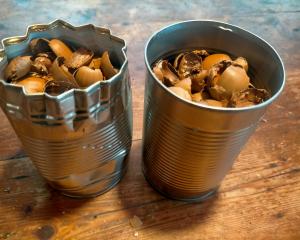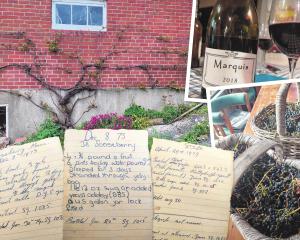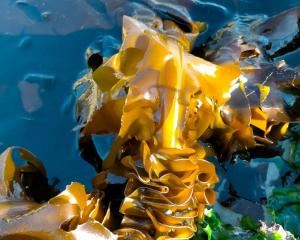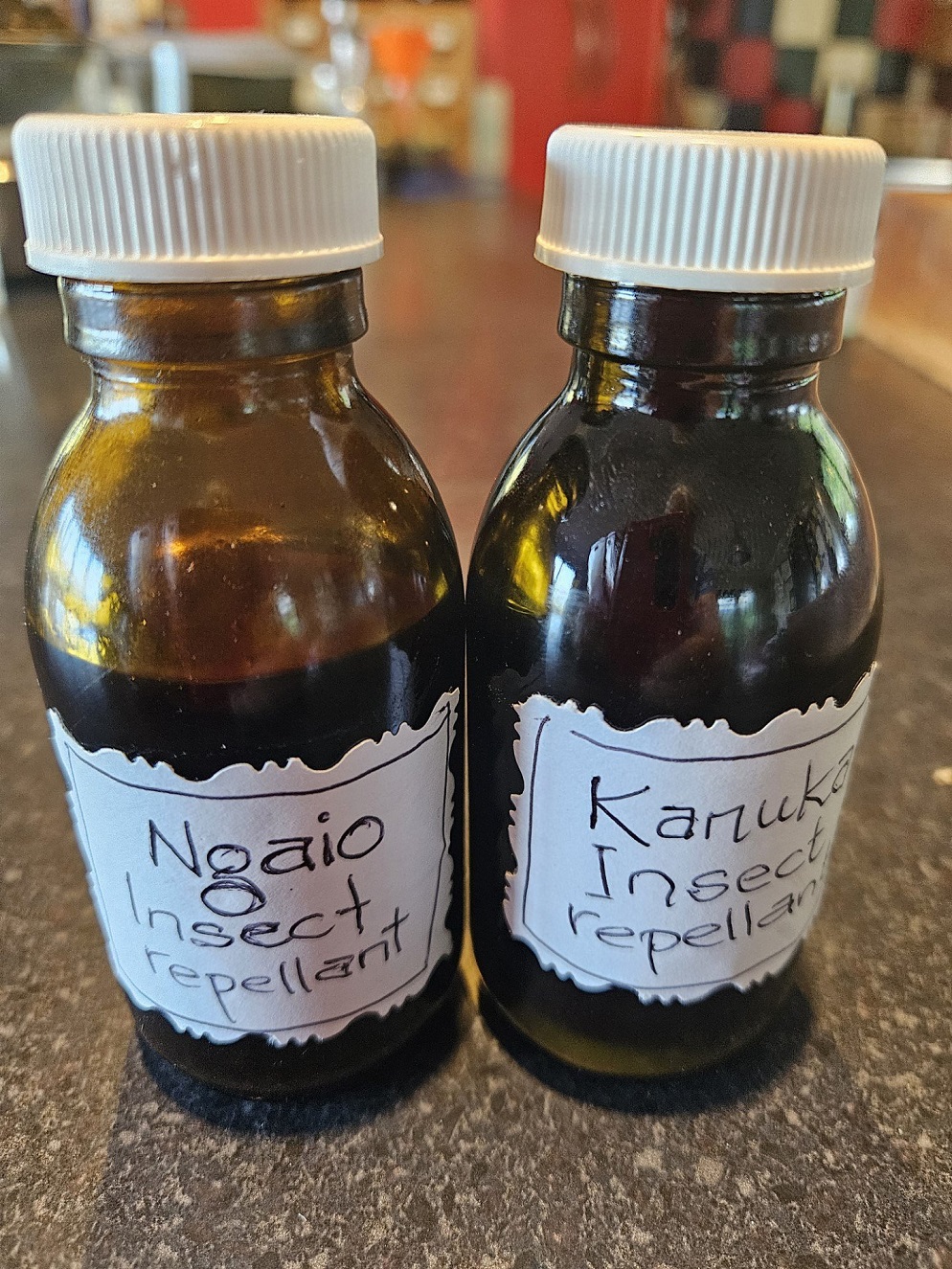

Some people are more attractive to mosquitoes and sandflies than others, due to differences in body chemicals released in sweat. It has also been found that drinking just one can of beer will increase how tasty you are to the wee biters. Maybe they have developed a taste for beer. Those of us with type O blood also taste better to sandflies and mosquitoes — now there is a dubious honour.
Because we holiday by a river in Central Otago, where there are plenty of sandflies and mosquitoes, I wanted to try making an insect repellent from something more natural than the bought stuff. My first stop was to look at some Māori rongoā methods for repelling insects. Māori traditionally used ngaio leaves and rubbed them on their skin to repel biting insects, so I thought I would try this first. The leaves of ngaio, when held up to the light, reveal the little spots on the leaves that exude a toxic oil containing the chemical ngaione.
Ngaio does not grow well in Central Otago as it is quite frost tender, though there is plenty available in coastal forests. So, because of this, I decided to make a strong ngaio oil to take with us.
I infused a big handful of ngaio leaves in a double boiler covered with some rice bran oil. Any vegetable oil will do, I use rice bran because it is cheap to buy and has a mild scent.
I also made a plan-B repellent using a couple of cups full of kānuka leaves (mānuka would also work).
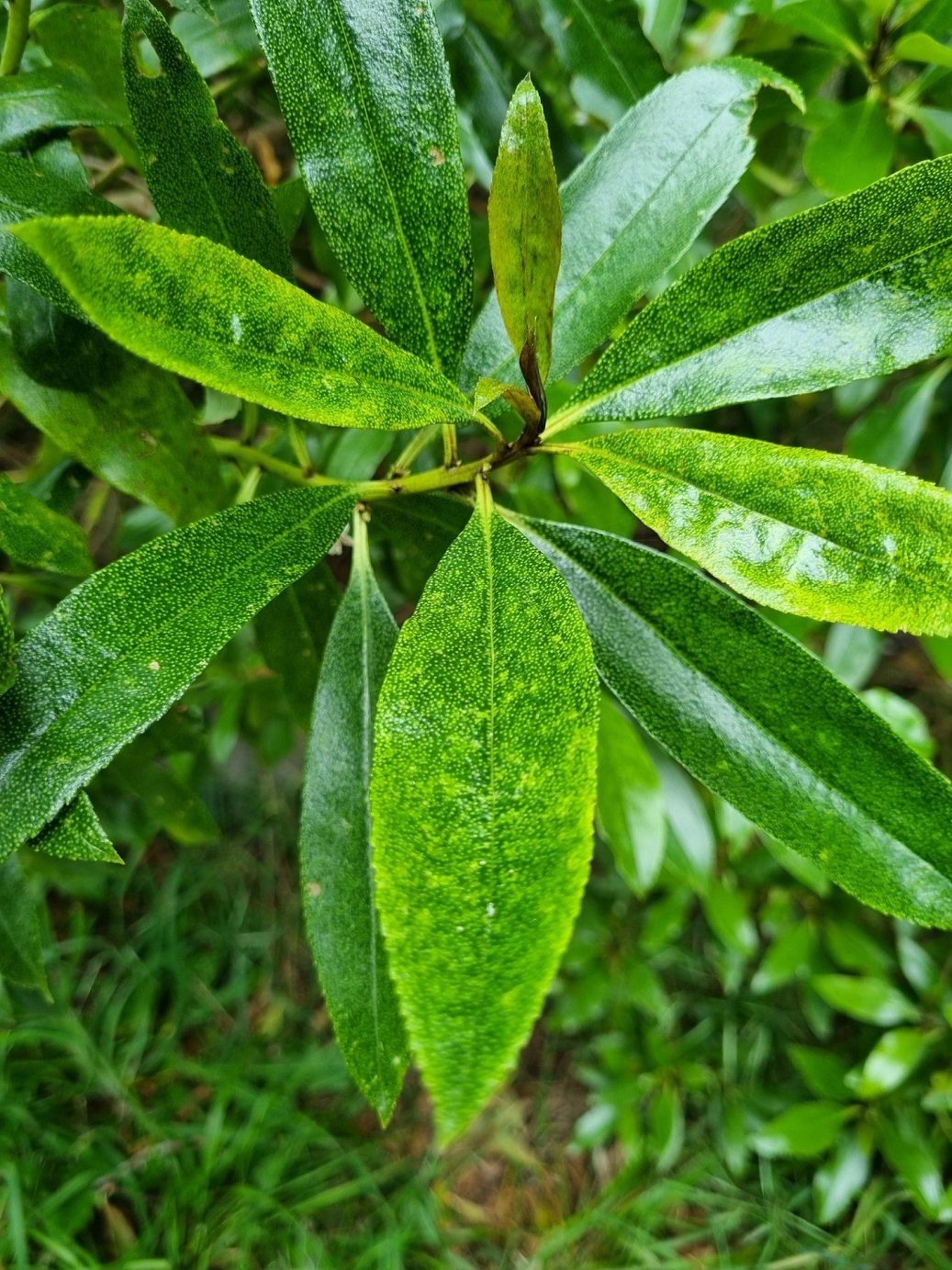
I slathered myself in ngaio oil and my partner with the kānuka oil. As evening came on and the sandflies came out in clouds to feed off us, they were disappointed, it was instant noodles for the sandflies that night, and we were not bitten even once, though they still circled us angrily.
We lit a citronella candle after a while, which drove them back to wherever they go in their down time. I would like to attempt to make a candle to burn containing tarata (lemon wood), to see if this has the same effect. Māori apparently burned smoky fires of ngaio branches for the same purpose.
An amazing thing about ngaio is that it is possible that Māori brought ngaio plants with them to Aotearoa on their big migrations, as there are close relatives to ngaio, known as naio or naieo, growing in the Cook Islands and Hawaii.
Ngaio is quite a toxic plant when taken internally, so on no account should it be eaten, and take care not to use it around your mouth and eyes. If in doubt, use the mānuka or kānuka versions.
Now that my friend Sharon has sadly died, the sandflies all head in my direction. I am now the one with the black cloud around me, but at least they don’t bite me any more thanks to my ngaio potion.

